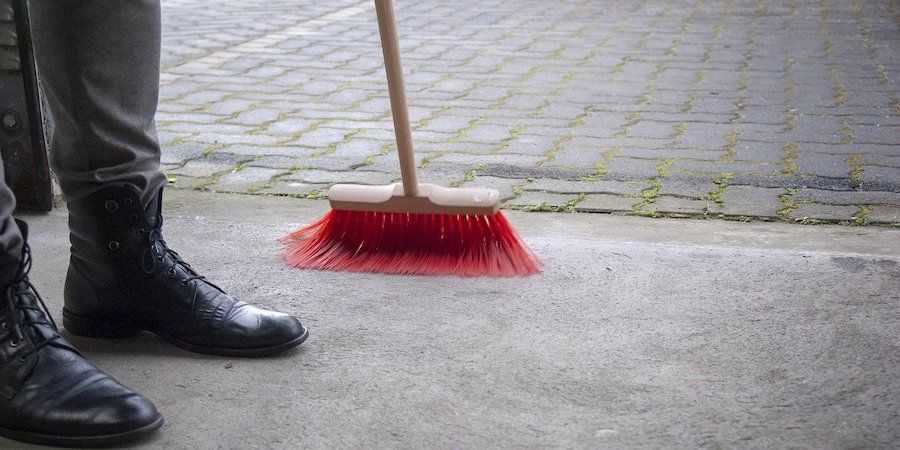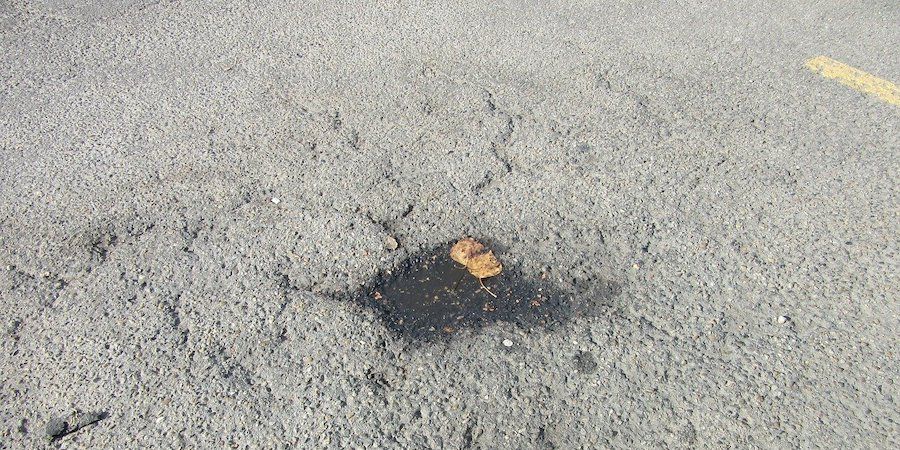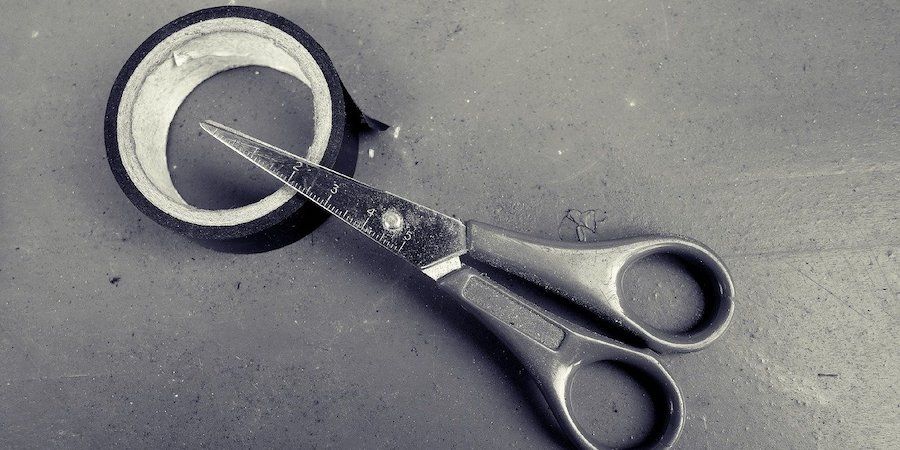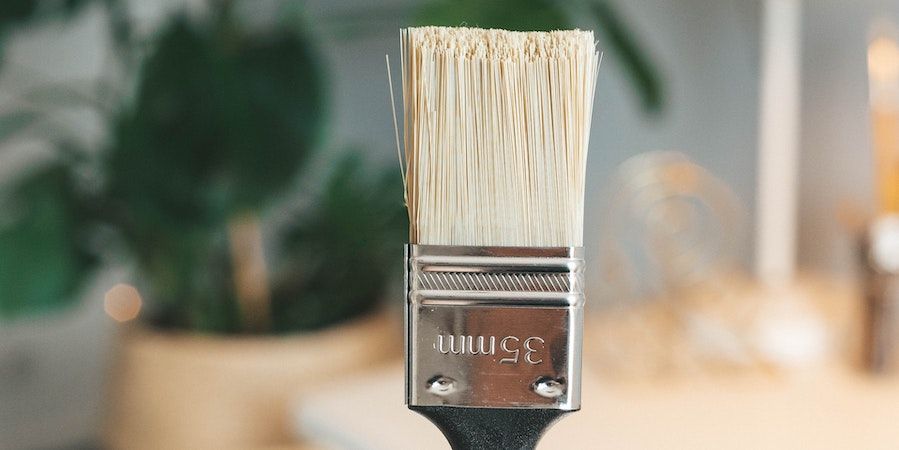Your driveway has an enormous impact on people’s first impression of your house. It also affects the curb appeal of your property, which is crucial if you’re thinking about selling.
The problem is that driveways deal with a lot. From the constant wear and tear of vehicles coming and going to your teenager shooting hoops for hours, it’s easy to see how driveways get abused. Depending on your type of driveway, a sealant may extend the life of your driveway significantly. It is one of the biggest differences between concrete and asphalt driveways.
The good news is that you can extend the life of your driveway significantly by doing this one task every few years. If your driveway was installed correctly by a professional, then sealing your asphalt driveway every few years as part of its regular maintenance will make it last for 30+ years. Read on for a step-by-step guide on how to seal a driveway.
What You Need
To get the most out of sealing your driveway, you need the right tools and follow the process. Let’s start with a list of the right tools for the job.
You’ll need:
- Pressure washer/soap attachment on your garden hose
- Driveway cleaner
- Stiff bristle brush
- Oil spot primer
- Asphalt sealer
- Paintbrush
- Drill (optional, recommended)
- Mixing paddle drill bit
- Squeegee/push broom (depending on manufacturers instructions)
- Tape
- Poly sheeting
- Old work clothes
Step One: Give Your Driveway A Good Clean
Image credits: Paweł Englender via Pixabay
For most jobs involving creating a finish like painting, varnishing, or sealing, the result is only as good as your surface preparation. It means starting with a clean surface is one of the most important steps. Even if you think it’s clean, there’ll be traces of grease, oil, exhaust fumes, and plant matter in the pores of your driveway. It will all prevent the sealant from adhering correctly to the surface below.
It's also a good idea to check the weather forecast before you start this job. You need at least 3 days of no rain for best results. For a deep clean of your driveway, it’s best to use a pressure washer. Add your driveway cleaner to the soap tank on your washer and get spraying. You can also use the soap nozzle on your garden hose if you don’t have a pressure washer.
Next, use the stiff-bristled brush to brush the entire driveway. Pay close attention to particularly soiled areas. Rinse the driveway with fresh water in your pressure washer or with fresh water from the garden hose. Make sure to rinse all the soapy water and loose material off the driveway.
Step Two: Treat Stains
Image credits: Laura Saueracker via Pixabay
Oil stains and grease stains are particularly tricky to get out, so they need special attention. Pour the oil spot primer onto the affected areas and use a disposable paintbrush to brush the primer into the pores of the surface. You may need to apply multiple coats onto heavier stains.
Allow the oil spot primer to dry fully before applying the sealer.
Step Three: Protect The Edges
Image credits: M. H. via Pixabay
Before you even open the sealer, it’s a good idea to protect the edges. What I mean by that is you need to protect anything that you don’t want to seal. For example, garage doors, entrance gates, whatever material joins your driveway, etc. It is where the plastic poly sheeting and tape come in handy. Getting this step right will result in crisp, clean edges and a professional look to your driveway.
This sealant is hardcore stuff, and it’s impossible to remove at a later stage, so make sure you do a thorough job here.
Step Four: Mix The Asphalt Driveway Sealer
Image credits: James Baldwin via Unsplash
Attach your mixing paddle drill bit to your drill. When mixing the asphalt driveway sealer, you need to come up with a way to prevent spills. You can do this by mixing the sealant on some plastic sheeting.
You can also cut a hole in the lid of the bucket. It has to be just big enough for the drill bit to fit. This way, you can keep the lid on the bucket while you mix the sealant. Either way, I recommend doing this in old clothes that you don’t mind getting stained.
Start the paddle near the top of the bucket and slowly move it down towards the bottom. Slowly lift and lower the paddle while it spins, mixing the sealant evenly.
If you're unsure about what type of sealer to use, take a look at our best driveway sealers to help you with your decision.
Step Five: Cut In The Edges
Image credits: Janine Meuche via Unsplash
Now it’s time to cut in the edges. Use a wide paintbrush to apply a liberal coat of sealant to all the edges of your driveway. Since each driveway is different, you might have some extra architectural features that require edging as well. Use the brush to apply a sealant to any areas of the driveway that a broom or squeegee won’t fit.
Step Six: Plan Your Approach
Image credits: Fancycrave1 via Pixabay
Have a look at the product label on the driveway sealer that you’ve bought. It should tell you how much coverage each bucket will give you. You could then position your buckets of sealer around the driveway so that you won’t have to cross wet sealant to get the next bucket or move on to the next section.
Pro Tip: This step is important because once you start sealing, you can’t stop until you’re done. You want to have a plan and be confident in how you’re going to execute it before you start sealing.
Step Seven: Seal The Driveway
Image credits: Christine Sandu via Unsplash
Pour sealant onto the driveway. It’s usually a good idea to start in one corner. However, since every driveway is different, use your best judgment. Remember not to paint yourself into a corner.
Check the manufacturer's instructions for whether they recommend using a brush or a squeegee to spread the sealant. Once you’ve chosen your tool, get spreading. Try to spread the sealant in straight, uniform sweeps across the driveway. Maintain a decent puddle in front of the squeegee or brush as you move along. When your puddle dries up, pour more sealant onto the driveway and keep spreading. Once your whole driveway is covered, block cars, pedestrians, or pets from accessing the newly sealed surface.
The next day, do another coat of sealant. Each sealant will have different drying times between coats so make sure to check. Allow at least 48 hours before driving or walking on your sealed driveway.
Pro Tip: To minimize the likelihood of a patchy finish, keep the working edge wet. It essentially means you don’t want to spread wet sealant up against drier sealant. This discrepancy in moisture can lead to a patchy finish, which is why you need to finish the job once you’ve started. If you work systematically from one end to the other, this should be easy.
Seal Of Approval
If you follow the step-by-step guide above, your asphalt driveway should last for 30 years or more. You’ll need to reseal your driveway every 3-5 years, but I think you might agree this is worth having a driveway that lasts 30 years or more.
The list of materials is somewhat generic for the job at hand, so these may not be the exact tools that you'll use. Each sealer manufacturer will have different instructions and recommendations, so remember to always read those instructions first.
What do you think of this tutorial? Let us know in the comments below, or share this with somebody thinking about sealing their driveway.








